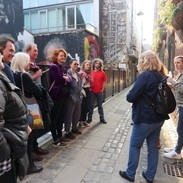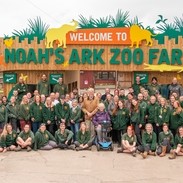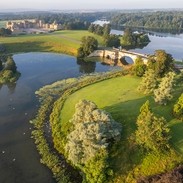2.6. Bigging up biodiversity
Key Takeaways 2.5
In a nutshell
Consider what you can do to improve your physical environment.
Do not forget the benefits to staff and visitors, and the potential for motivating marketing messages.
Biodiversity projects can be big or small so can work in all sorts of spaces.
Biodiversity in decline
There are currently two million species known to man. Maintaining biodiversity is vital to our survival.
For example, insects pollinate our plants and flowers, enabling them to reproduce and grow. But in the last 50 years, the UK has lost almost half of its natural biodiversity, including a third of its honeybees.
And that is not all.
- A 2022 report stated that the UK’s butterfly numbers had decreased by 80% since the 1970s. (The State of the UK’s Butterflies, Butterfly Conservation report, 2023)
- Over the same time period, Britain has lost 73 million wild birds. (RSPB, State of Nature report, 2023)
- Domestic livestock and pets now account for nearly two thirds of all mammals on earth. (Bar-On et al, 2018)
This all has a huge impact on food production, resources and environmental quality.
Photo by: VisitBritain/VisitEngland

Benefits of biodiversity
By installing natural elements on your premises, you can improve the overall environment and experience for your team and guests.
Although it may seem that biodiversity is primarily related to the countryside, this is not the case. It also includes our cities. With this in mind, more urban business owners are implementing initiatives such as roof gardens and beehives.
Among the specific benefits for all are stress reduction, making people happier and calmer, improved concentration and creativity, air quality improvement, and noise absorption.
Improve your biodiversity
This could be grand project, sweeping in scope, such as:
|
|
Or a more modest effort, such as:
|
|
|
|
|
|
|
|
|
|
Biodiversity projects have the potential to provide a mix of environmental and societal impact, engage employees and customers, and be an integral part of your regenerative tourism commitments.
bottom page nav
previous section
next section








